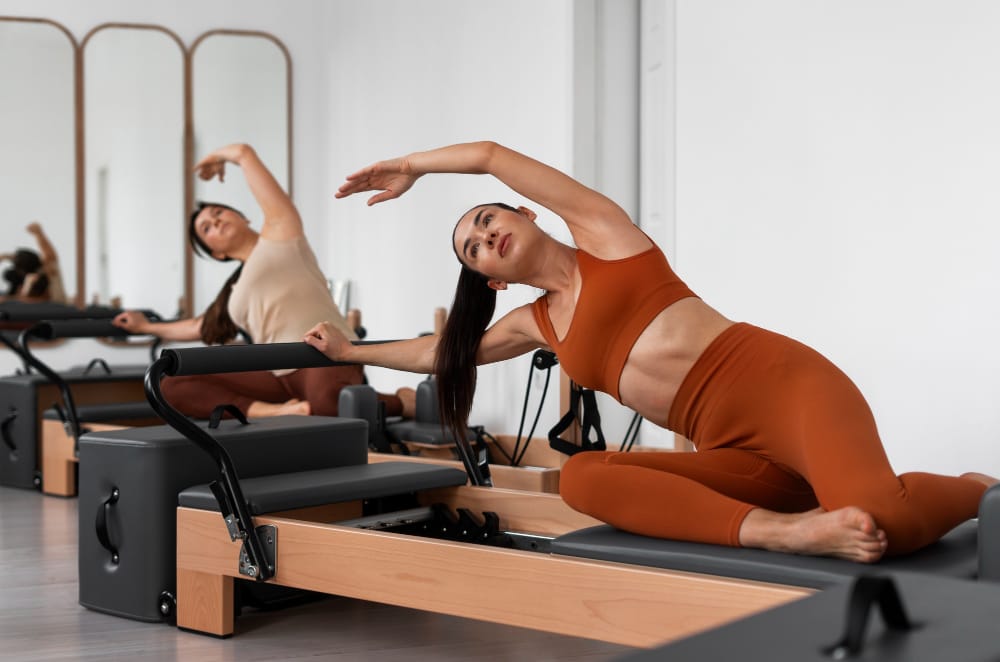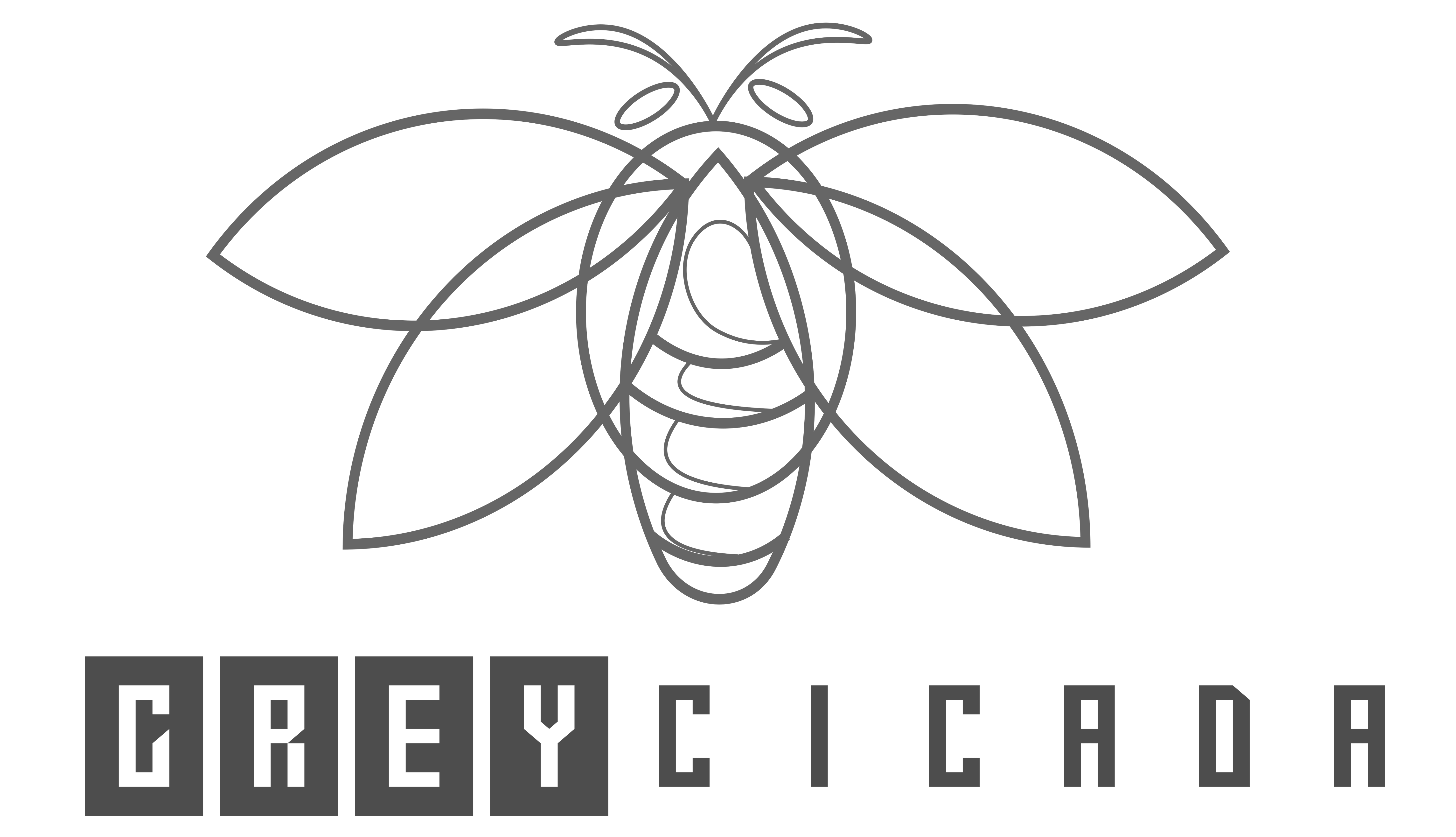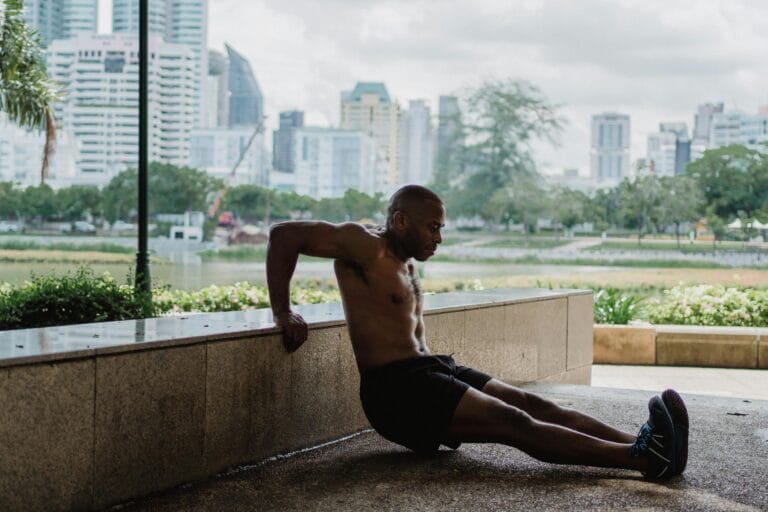FREE SHIPPING OVER $50
Crunches Hurt My Neck—This Pilates Routine Gave Me a Stronger Core Pain-Free
First, let’s talk about crunches. They seem simple enough: lie down, lift your head and shoulders, repeat. But for many people (especially those with tight hip flexors, poor posture, or weak neck muscles), crunches can do more harm than good.
When you perform crunches incorrectly—which happens more often than you’d think—you put extra strain on your cervical spine. Over time, this can lead to tension headaches, neck stiffness, and even nerve issues. Plus, crunches mostly target the upper abs and don’t do much for the deeper core muscles that actually stabilize your spine.
If your goal is a truly strong and functional core, you need exercises that activate all layers of your abdominal muscles without stressing your neck.
Why Pilates Is a Game-Changer for Core Strength

Pilates emphasizes controlled movements, deep breathing, and proper alignment—all essential for safe, effective core training. It’s not about how many reps you can crank out; it’s about how well you can engage the right muscles.
What I love most about Pilates is how it focuses on the deep core stabilizers, like the transverse abdominis and pelvic floor. These muscles are key for balance, posture, and even preventing back pain. And because Pilates exercises are designed to keep your head, neck, and spine aligned, you avoid the crunch-induced strain altogether.
Ready to ditch crunches for good? Here’s the exact Pilates core workout that helped me build strength, stay pain-free, and feel more confident in my body.
Neck-Friendly Pilates Core Routine
Below is the Pilates sequence I follow 3 to 4 times a week. It’s low-impact, incredibly effective, and easy to modify based on your fitness level.
1. Hundred (Modified): Gentle Breathing Core Activation
Instead of the traditional Hundred with head lifted, keep your head down on the mat. Pump your arms by your sides while inhaling for 5 counts and exhaling for 5 counts. This engages your core without straining your neck.
2. Single-Leg Stretch: Core Engagement With Spinal Support
Lie on your back with your knees pulled toward your chest. Extend one leg out at a time, keeping your head resting on the mat if needed. Focus on drawing your belly button toward your spine with each movement.
3. Dead Bug: Full Core Activation
Lie flat with arms extended toward the ceiling and knees bent at 90 degrees. Slowly lower one arm and the opposite leg toward the floor, keeping your core tight. Bring them back to center and repeat on the other side.
4. Pelvic Curl (Bridge): Strengthen Glutes and Core Together
Start lying on your back with knees bent. Tuck your pelvis and slowly peel your spine off the mat one vertebra at a time until you form a straight line from shoulders to knees. Lower back down with control.
5. Toe Taps: Lower Abs and Hip Stability
Stay on your back with knees bent at 90 degrees. Slowly lower one foot toward the floor, tap lightly, and bring it back up. Alternate legs while keeping your core engaged and lower back pressed into the mat.
6. Side-Lying Leg Lifts: Core, Glutes, and Obliques
Lie on one side with legs stacked. Lift the top leg slowly, keeping your core tight. This move builds lateral stability, strengthens the outer thighs, and fires up your obliques.
7. Plank on Knees: Gentle Yet Powerful Core Strengthener
Instead of a full plank, lower down to your knees. Keep your hips aligned with your shoulders and squeeze your core tight. This modified plank keeps pressure off your neck and shoulders while still challenging your abs.
8. Bird-Dog: Cross-Body Core Challenge
From an all-fours position, extend your right arm and left leg at the same time. Hold for a few seconds, keeping your core engaged, then switch sides. This move improves balance, coordination, and core strength.
How to Make This Routine Work for You
Here’s how you can make sure you get the most out of this neck-friendly core routine:
- Start Slow
Don’t rush through the exercises. Focus on perfect form and muscle engagement over speed or volume. - Stay Consistent
Aim for this Pilates workout 3 to 4 times a week. Even just 20 to 30 minutes per session is enough to see results. - Listen to Your Body
If anything feels uncomfortable—especially in your neck or lower back—modify the movement or skip it altogether. - Breathe Intentionally
Exhale during the exertion part of the exercise to better activate your deep core muscles. - Progress at Your Own Pace
Once you feel stronger, you can add small weights or resistance bands, but form should always come first.
Why a Strong Core Matters Beyond Aesthetics
It’s easy to think of core training as just about getting flatter abs. But the benefits go way deeper. A strong core improves your posture, balance, stability, and even your breathing.
It can help reduce back pain, protect against injury, and make everyday activities—like bending, lifting, and twisting—way easier and safer.
For me, the biggest win wasn’t just a firmer midsection. It was feeling strong, pain-free, and capable again. And the best part? I achieved all of this without doing a single neck-straining crunch.
Conclusion
If crunches leave you feeling sore in all the wrong places, it’s time to rethink your approach to core training. Pilates offers a smarter, safer, and more enjoyable way to strengthen your core without putting your neck at risk.
This simple Pilates routine completely transformed how I feel in my body—and it can do the same for you. Stay consistent, trust the process, and enjoy the strength, stability, and energy that come with a truly strong center.
Related Articles
- Struggling to Hit 10,000 Steps Again? Here’s Exactly What Worked for Me
- I Couldn’t Run a 5K in Under 30 Minutes—Until I Stuck to This 2-Month Plan
- The Kettlebell Secret That’s Making Fast Runners Even Faster
- Fix Weak Hips Fast: Tips from a Physical Therapist for Runners
- Stronger Runs Start Here: A Physical Therapist’s Wall Workout for Runners



